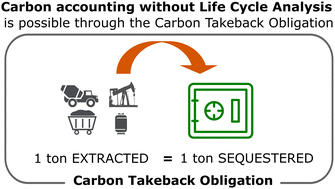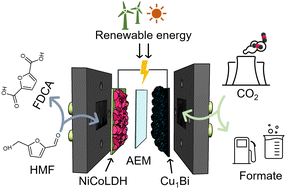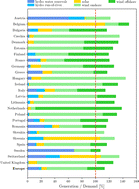Energy Environ. Sci., 2023, Accepted Manuscript
DOI: 10.1039/D3EE02767H, Perspective
DOI: 10.1039/D3EE02767H, Perspective
Hongwu Chen, Zhifang Liu, Hua Zhou, Xue Yang, Wei Lin
Electrolysis systems transform the electrical energy to chemical energy, providing a pathway for renewable electricity power to value-added chemicals. A wide range of cathodic electrochemical reactions including hydrogen evolution reaction,...
The content of this RSS Feed (c) The Royal Society of Chemistry
Electrolysis systems transform the electrical energy to chemical energy, providing a pathway for renewable electricity power to value-added chemicals. A wide range of cathodic electrochemical reactions including hydrogen evolution reaction,...
The content of this RSS Feed (c) The Royal Society of Chemistry


 Open Access
Open Access

